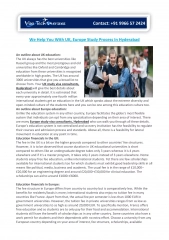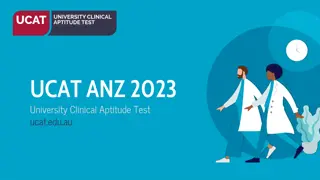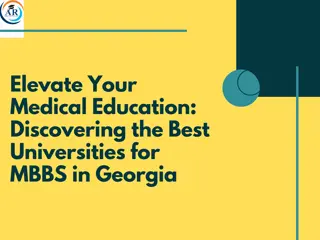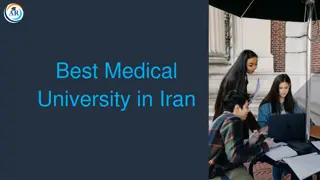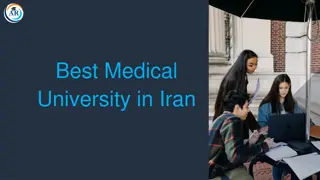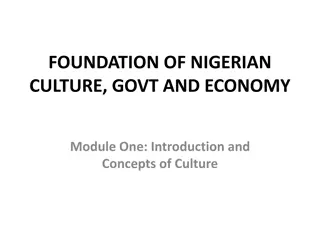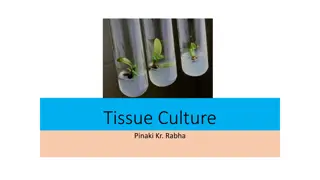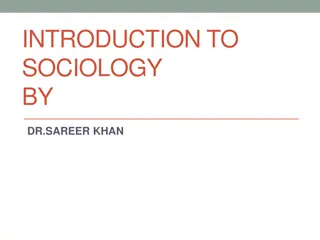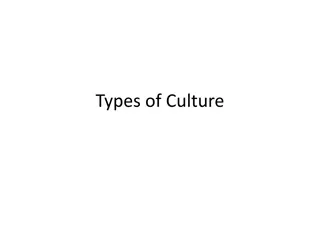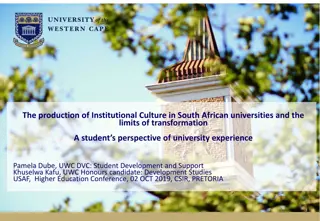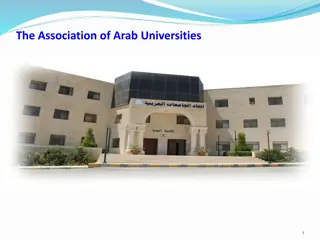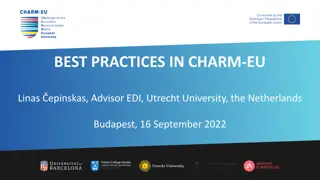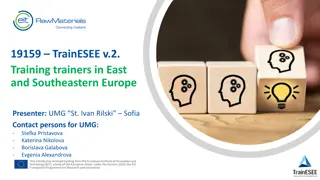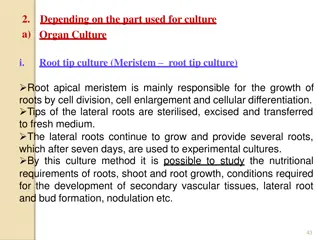OPPORTUNITIES TO PROMOTE A VIBRANT RESEARCH CULTURE IN UNIVERSITIES IN EAST AFRICA
A presentation outlining strategies to boost research culture in universities in East Africa, addressing research policies, collaborative engagements, funding, grant writing, and more to enhance research outputs and innovation. It emphasizes the importance of universities in contributing to national development through research and highlights the current challenges and opportunities in research activities in the region.
Download Presentation

Please find below an Image/Link to download the presentation.
The content on the website is provided AS IS for your information and personal use only. It may not be sold, licensed, or shared on other websites without obtaining consent from the author.If you encounter any issues during the download, it is possible that the publisher has removed the file from their server.
You are allowed to download the files provided on this website for personal or commercial use, subject to the condition that they are used lawfully. All files are the property of their respective owners.
The content on the website is provided AS IS for your information and personal use only. It may not be sold, licensed, or shared on other websites without obtaining consent from the author.
E N D
Presentation Transcript
OPPORTUNITIES TO PROMOTE A VIBRANT RESEARCH CULTURE IN UNIVERSITIES IN EAST AFRICA John H. Nderitu Faculty of agriculture College of Agriculture &Veterinary Science University of Nairobi Email: hurianderitu@gmail.com/ huria@uonbi.ac.ke
Outline of presentation Introduction How to boost research in universities Research Policies and implementation strategies in universities Levels of Research collaborative engagements at universities Research funding and Grant proposal writing Types of research and innovation grants Granting Writing Process Grant Writing Challenges to research outputs Recommendations Question/Answer Session
Introduction A nation s level of cultural, political, social and economic development is linked to its research and innovations output Universities are centres of knowledge production and generation and are expected to play a pivotal role in national research output Apart from teaching and community service, research is a core mandate of universities. In many universities in Africa, research output has been declining compared with the developed nations Research activities in East Africa universities are at very low levels. Universities must lay ground for a strong and vibrant research culture for faculty members and students
Introduction (Continued) Research status at universities Africa contributes only 2% of global knowledge, dominated by South Africa, Egypt and Nigeria Kenya s research output is ranked sixth in Africa behind South Africa, Egypt, Nigeria, Tunisia and Algeria Africa contributes only 0.2% global innovations; contributes only 6.6% on patents Africa contributes only 0.7% of world research publications- low input in high impact journals
(Continue) Research ranking by papers in regions of Africa:- Northern, Southern, Western and Eastern ((2010-2014 Web of Science) Research rankings by papers in countries in Africa: South Africa, Egypt, Nigeria, Morocco, Kenya, Uganda, Tanzania, Cameroon, Ghana (((2010-2014 Web of Science) Patent inventions rankings of Countries in Africa:- South Africa, Morocco, Egypt, Tunisia, Kenya, Namibia, Nigeria (2009-2014 World Patent Index) Best universities in Africa : South Africa, North Africa Over 70% of lecturers in private universities have never published; Over 50% of lecturers in private universities have never attended even one conference in Kenya
How to boost research in universities Enhance research skills among staff. (i) Train staff in research methods and paradigms especially writing (ii)Strengthen research infrastructure (i) Provide modalities for institutional and collaborative consultation and other stakeholders control and evaluation (ii)Enhance academic linkages (iii)Allocate funds budget (iv)Promote research proposal writing. proposal Enhance capacity. research research, in the university
How to boost research in universities Enhance research and training. post-graduate (i) Develop degree curricula (ii)Assemble academic resources (iii)Publications from students and staff (i) Develop guidelines attracting research grants. postgraduate required Increase the quantity and relevance of output. for research competitive
How to boost research in universities Utilize research results. (i) Develop private and public sectors. collaboration with Protect rights (IPR). Promote corporate image and promote social responsibility. Ensure that research results and technologies are disseminated to stakeholders intellectual property (i) Comply with IPR legislation (i) Establish community outreach programmes (i) Set mechanisms for preparing researches. (ii)Provide a presentation findings and innovations. (i) Set modalities research information through electronic and print media. (ii) Create a forum of interactive feedback mechanisms. effectively forum of for research for sharing
Research Policies and implementation strategies in universities Research policy , research strategic plan, university linkage policy and intellectual property policy of the university Identify Research priorities areas for the schools and departments Proposal and publication review committee from the schools and departments Identify from faculty members and students innovative ideas from their research and facilitate researchers in the implementation Research funding: public, private, institution Active University research committee, School research committees, departmental research committee, campus research committees
Levels of Research collaborative engagements at universities Collaborative Research: Collaborative research may be a commitment at individual departmental, school or university level. Collaborative research is developed and monitored through appropriate mechanisms and policies of participating institutions. Multi-institutional, Multidisciplinary, regional/continental/intercontinental 1 Individual Level of Engagement Individual activity with international institutions is often undertaken as a routine part of teaching and research activity and will be managed and monitored through appropriate mechanisms of staff supervision. Individual research activity with a local or an international partner will be subject to the normal research management policies, practices and procedures
(Continue) 2 Departmental/ School level partnership arrangements are those which commit only one of department or school to activities proposed under the arrangement. Examples of such an activity include, but not limited to, the following: Collaborative research and/or teaching activity at the school level (for example, hosting conferences, visiting scholars and researchers); Internships/practicum/placements for international students Faculty and student mobility programs (Collaborative academic program arrangements) Departmental/ School Level of Engagement
(Continue) University Level of Engagement i. Institution-to-institution Collaborations Institution-to-institution collaborations commit the University to engagement across a range of research activities. Such arrangements are initiated by either a member of the University s Management or by a school and signify that the proposed partner institution is of major strategic importance to the University.
(Continue) ii. Initiatives with Overseas Governments/Ministries Partnership arrangements with other African and overseas governments (for example, Ministries of Health) may be initiated at either the University or school level. However, any MOA or contract will always be at the University level and will be subject to an ongoing monitoring and review. Examples of such arrangements may include research cooperation in specific areas between the University and a foreign ministry, or the facilitation of staff exchange/visits between the University and another country
Research funding and grant proposal writing Funding bodies:- 1. Family foundations e.g. Bill Gates 2. Bilateral donors 3. Multilateral donors 4. Public institutions e.g. central government and local government 5. Private companies and individuals 6. Foreign governments
Types of research and innovation grants 1. postgraduate research Postdocs Postgraduate training lecturers 4. Innovation grants 5. Professional developments Research scholarships:-
Granting Writing Process The grant writing process involves an applicant submitting a proposal (or submission) to a potential funder, either on the applicant's own initiative or in response to a Request for Proposal from the funder
Grant Writing The basic parts to the proposal creation process include: Analyzing the intended audience for the proposal Analyzing the purpose of the proposal Gathering information about the subject of the proposal Choosing the appropriate type of proposal (in this case, a grant proposal) Writing the proposal Formatting the proposal Revising, editing, and proof reading the proposal Submitting the proposal
Grant Writing 1. A good proposal stems from a good concept 2. Proposals are funded in a competitive system based on merit 3. Get advice from people who have been successful in the proposal process 4. Organize a good working team 5. Schedule proposal writing and information gathering activities over a reasonable time and carefully manage the schedule
(Continue) 6. Proposal should be reviewed internally i.e within the institution 7. If you proposal is not funded, revise it and submit a revised proposal the following year or to another donor
Challenges to research outputs Insufficient funding for research leading to scarcity of resources (computer software and hardware, well-stocked libraries and laboratories) and other equipment. Lack of access to quality and relevant research publications Qualification of faculty members Brain drain Time / balancing teaching and research Lack of mentors Lack of motivation and remuneration Nepotism Lack of institutional support Lack of relevant materials
Recommendations Individual lecturers: Accept research as essential part of workload Seek internal and external collaboration Schools and students Encourage publication by students Provide internal funding and resources/facilities for research Provide release time for research Encourage mentorship by senior academics (collaborative projects) Utilize novel technologies for commercialization (Enterprise Development) i.e link research to commercial products
THANK YOU END


